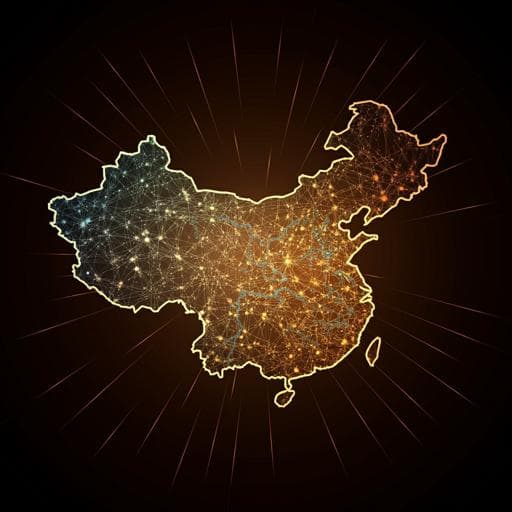
Economics
Heterogeneous human capital, spatial spillovers and regional innovation: evidence from the Yangtze River Economic Belt, China
F. Wen, S. Yang, et al.
Explore the dynamic relationship between human capital and urban innovation in China's Yangtze River Economic Belt, as revealed by researchers Fenghua Wen, Shan Yang, and Daohan Huang. This study uncovers fascinating insights about the flow of innovation from coastal to inland cities, highlighting the crucial role of human capital at various levels in driving urban progress.
~3 min • Beginner • English
Related Publications
Explore these studies to deepen your understanding of the subject.







